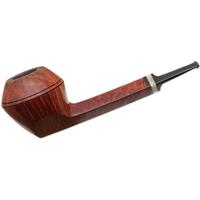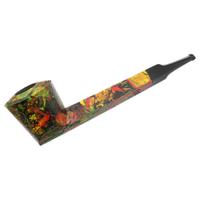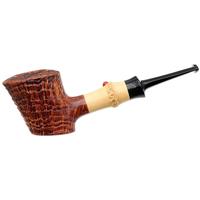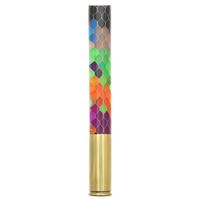Having been an avid pipe smoker for longer than I'll admit in public  I have recently gotten into restoring old pipes. I have a half dozen of my Dad's old pipes from his US Air Force days (he hasn't smoked them for years...decades?) and several of mine that ended up getting squirreled away in a box when we bought our house. I thought I'd lost the box in the move and they were recently discovered. It was Christmas come early to have these old friends back.
I have recently gotten into restoring old pipes. I have a half dozen of my Dad's old pipes from his US Air Force days (he hasn't smoked them for years...decades?) and several of mine that ended up getting squirreled away in a box when we bought our house. I thought I'd lost the box in the move and they were recently discovered. It was Christmas come early to have these old friends back.
Now I,ve restored several using various sanding, filing methods, tung oil and waxes. I have also used Fiebing's alcohol based stains with great success to bring back old finishes. However, I came across reference to a method of pipe staining to bring out grain detail called "flaming". I can't seem to find instructions on how to do it properly, and I don't want to try it without some guidance because I can already imagine this involving the fire department.
Any help or links would be greatly appreciated.
Now I,ve restored several using various sanding, filing methods, tung oil and waxes. I have also used Fiebing's alcohol based stains with great success to bring back old finishes. However, I came across reference to a method of pipe staining to bring out grain detail called "flaming". I can't seem to find instructions on how to do it properly, and I don't want to try it without some guidance because I can already imagine this involving the fire department.
Any help or links would be greatly appreciated.











